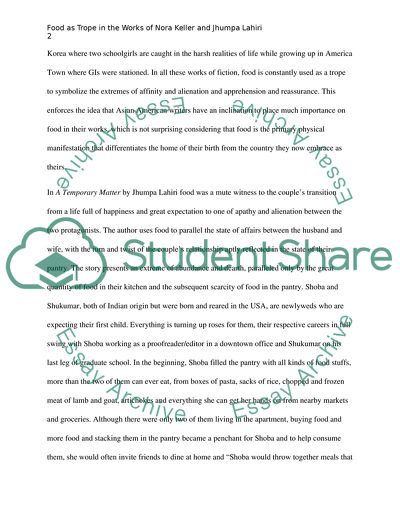Cite this document
(Food as Trope in the Works of Nora Keller and Jhumpa Lahiri Essay, n.d.)
Food as Trope in the Works of Nora Keller and Jhumpa Lahiri Essay. https://studentshare.org/literature/1746834-final-take-home-exam-ill-scan-it-to-you
Food as Trope in the Works of Nora Keller and Jhumpa Lahiri Essay. https://studentshare.org/literature/1746834-final-take-home-exam-ill-scan-it-to-you
(Food As Trope in the Works of Nora Keller and Jhumpa Lahiri Essay)
Food As Trope in the Works of Nora Keller and Jhumpa Lahiri Essay. https://studentshare.org/literature/1746834-final-take-home-exam-ill-scan-it-to-you.
Food As Trope in the Works of Nora Keller and Jhumpa Lahiri Essay. https://studentshare.org/literature/1746834-final-take-home-exam-ill-scan-it-to-you.
“Food As Trope in the Works of Nora Keller and Jhumpa Lahiri Essay”. https://studentshare.org/literature/1746834-final-take-home-exam-ill-scan-it-to-you.


